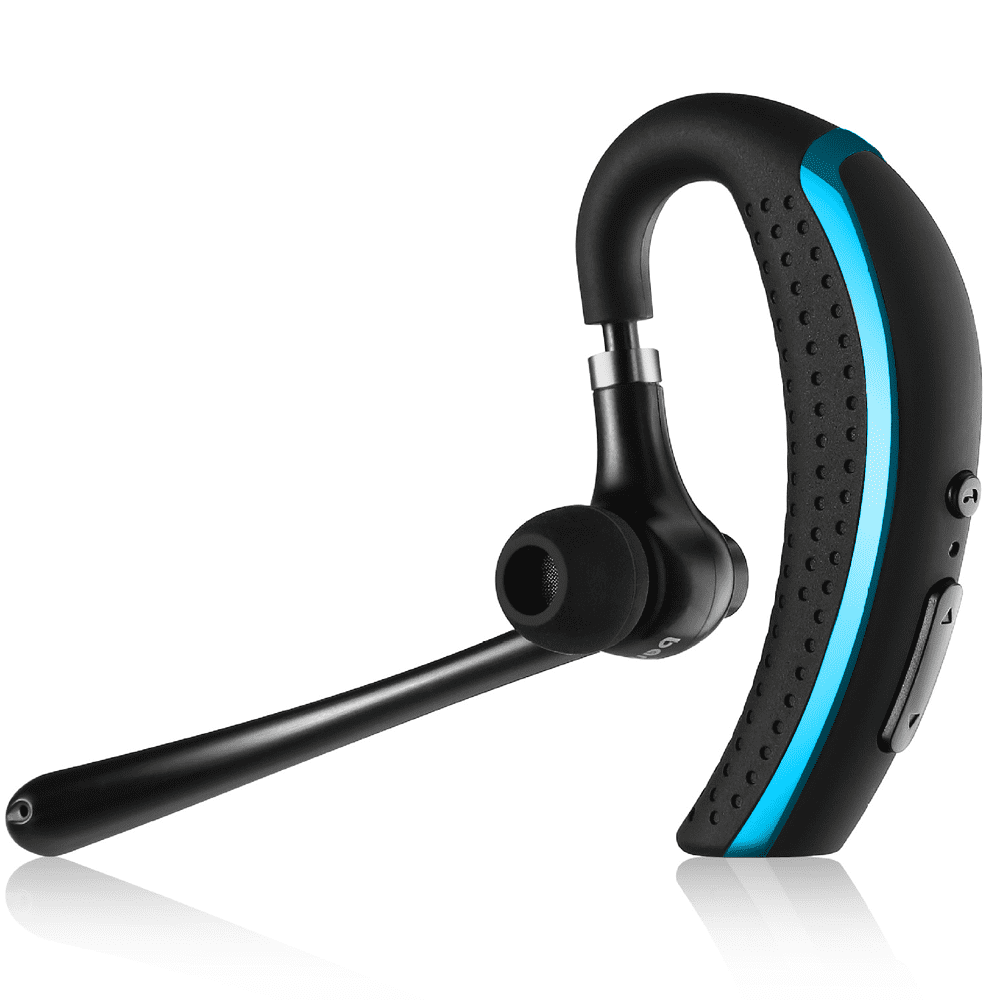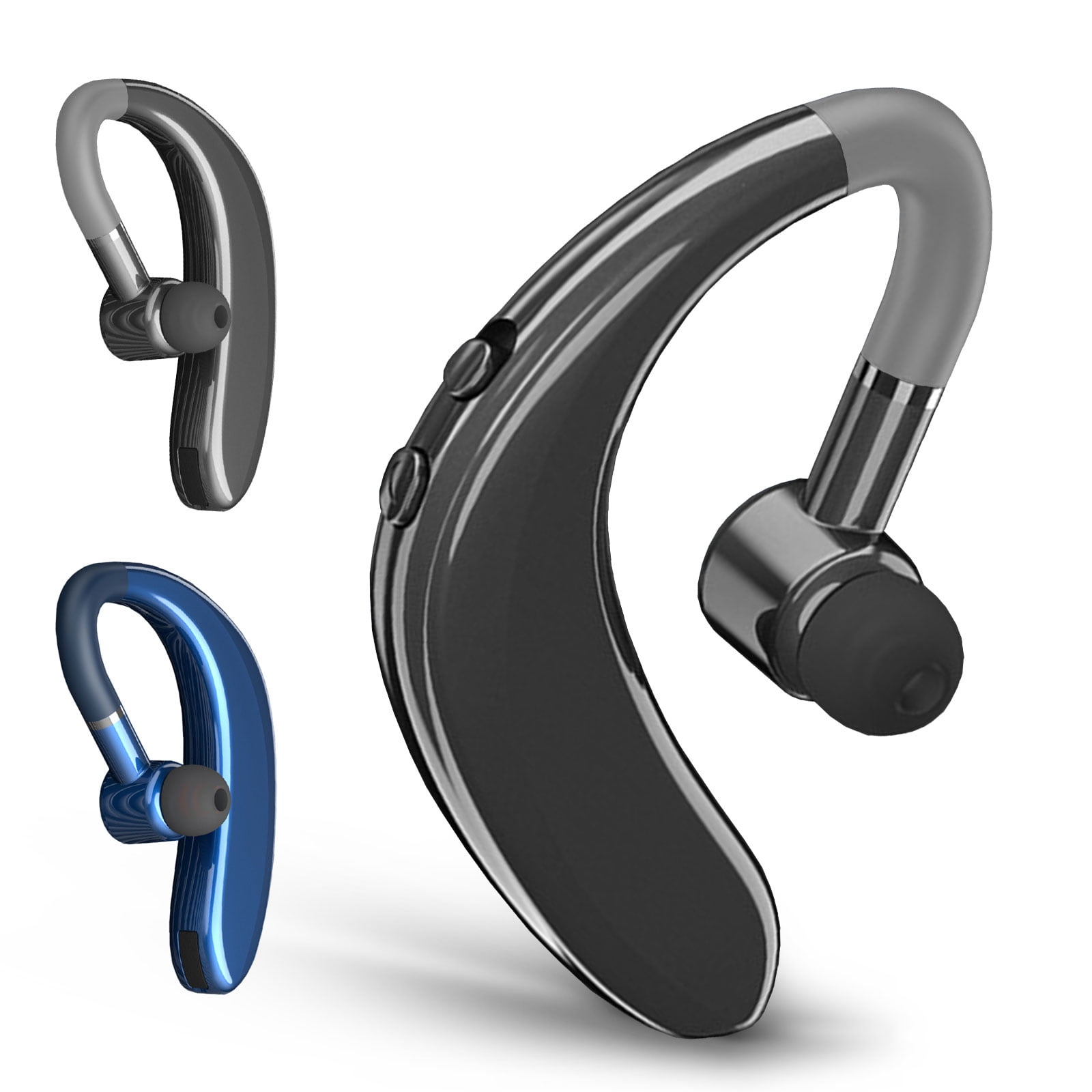
Thankfully, RF is located at the low-energy end of the spectrum, which means it has non-ionizing radiation. The former carries a large amount of energy than can significantly affect DNA, which is why it is usually located in X-ray machines, nuclear explosions, or sun rays. The key thing to consider in this instance is whether the RF from the headphones contains ionizing or non-ionizing radiation. Radiofrequency is a form of electromagnetic radiation, so you’re wondering just how safe it is to use RF headphones, especially since they will be on your head for long periods. It’s no secret that some radiation can be harmful to some parts of your body like your brain. The short answer is yes, using RF headphones is safe ! There are no conclusive long-term studies that prove that exposure to radiofrequency causes cancer. To avoid damaging your system, make sure all the parts are turned off before you make any connections. RF headphones usually come with an RF transmitter or docking station and can often require RCA audio cable and 3.5 mm-to-RCA adapter cable to establish a connection with your TV. Think of it like tuning in to a mini radio station where the wireless headphones are the only thing that can pick up the audio These wireless electromagnetic signals can range from 3 kHz to about 300 GHz, although most types of wireless headphones use 2.4 GHz RF technology, which boasts a remarkable wireless range of up to 300 feet (~ 91 meters).
#Bluetooth handsfree earphone tv
RF headphones transmit sound from your TV using a stereo frequency modulation system. Radio Frequency Headphones Sony RF995RK Wireless Home Theater Headphones The good news is that you can connect your wireless headphones to any TV even if it doesn’t have a built-in wireless transmitter. The transmitter transmits digital audio signals to the receiver which converts them into the sounds that you hear in the headphones. Two components - a wireless transmitter and a wireless receiver are required to establish a wireless connection. These wireless TV headphones work pretty much the same way as other wireless headphones. There are three main categories when it comes to wireless headphones for TV:īy the end of this article, you should know enough about the pros and cons of each type so you can make the right choice. 3 types of wireless TV headphonesĪpple, Google, and Samsung have already gotten rid of the headphone jack, so it’s probably safe to assume that wireless headphones are the way of the future, not just for your mobile devices but also for your TV. Plus, they are equipped with a much wider coverage range so you can enjoy your TV viewing experience without having to sit too close to the screen. For one, there’s no worry about the cord getting all tangled up, or getting caught on the edge of your couch when you lean back to get comfier. Wireless headphones boast several advantages compared to their wired counterparts.

#Bluetooth handsfree earphone movie
What Are Wireless TV Headphones?Īs the name suggests, they are wireless headphones that you can connect to your television that allow you to fully immerse yourself into a show or movie on your big screen without disturbing the people around you. This way, you get to enjoy your TV at a comfortable volume without waking the neighbors or disturbing the person sleeping next to you.


Watching TV at nightĭo you like to watch TV late at night but often have to listen to your favorite movies at 30% volume so you don’t bother others trying to sleep? Perhaps you want to block out the noise of your surroundings while catching up on Stranger Things, then a pair of wireless TV headphones could be just what you need. Learn what you need to know to make an informed decision among the different types of wireless TV headphones.


 0 kommentar(er)
0 kommentar(er)
